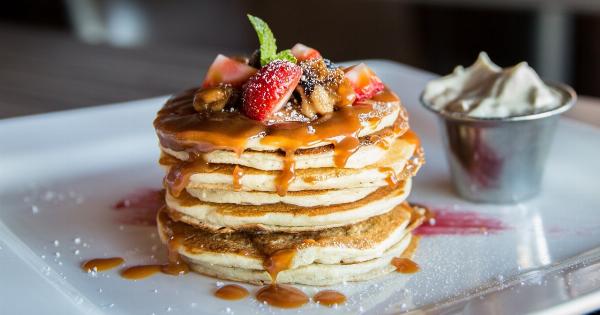It’s no secret that protecting your skin from the sun’s harmful UV rays is extremely important. Many people turn to sunscreen to do the job, but there has been a rising trend in recent years of making homemade sunscreens.
While the idea of creating your own natural sunscreen that isn’t filled with chemicals may seem appealing, there are several reasons why it’s not a good idea.
1. Lack of SPF Protection
The first and most important reason is that homemade sunscreens generally do not have a specific SPF rating. Sun protection factor (SPF) measures a sunscreen’s ability to protect the skin from UVB rays.
Without an accurate SPF rating, you have no idea how much sun protection you’re actually getting, which could put you at risk of sunburn and skin damage.
2. Uneven Protection
Even with the correct ingredients, it can be difficult to make a homemade sunscreen with equal and even coverage.
This means that certain areas of your skin may be more exposed to the sun’s harmful rays than others, putting you at greater risk for sunburns, sun damage, and skin cancers.
3. Inconsistent Ingredients
When it comes to making homemade sunscreen, there really isn’t a set recipe. This means that there is no consistency in the ingredients used, which could lead to varying levels of effectiveness.
4. Risk of Allergic Reactions
Many people have sensitive skin that is prone to allergic reactions, and with homemade sunscreen, the risk of experiencing an allergic reaction may be even greater.
With commercial sunscreens, there are regulations in place that ensure the ingredients are safe and properly labelled. Homemade sunscreens, on the other hand, don’t have these regulations and could be made with ingredients that are potentially harmful or irritating to the skin.
5. Contamination Risk
Making sunscreen at home can pose a risk of contamination, especially if the ingredients and equipment are not properly sterilized.
Bacteria, mold, and other microbes can easily grow and thrive in homemade skincare products, which can cause skin infections and other health issues.
6. No Water Resistance Guarantee
Most commercial sunscreens are water-resistant, which means they offer protection even when exposed to water or sweat.
Homemade sunscreens, however, may not provide the same level of water resistance, which can render the sunscreen ineffective during activities like swimming or working out.
7. Limited Shelf Life
Homemade sunscreen does not last as long as commercial sunscreen. Most homemade sunscreens last for up to six months, while commercial sunscreens typically last between one and three years.
8. Lack of Regulatory Oversight
When it comes to cosmetics, the US Food and Drug Administration (FDA) is responsible for regulating commercial products to ensure they are safe and effective. Homemade sunscreens, on the other hand, are not subject to this oversight.
This means there is no way to determine whether your homemade sunscreen is safe or effective, which can be risky.
9. Possible Legal Consequences
In the event that someone is injured or harmed by the use of your homemade sunscreen, you could be held liable and face legal consequences.
It’s always a good idea to stick to using regulated, commercial products to avoid any potential legal ramifications.
10. Commercial Sunscreens Are Readily Available
Finally, the biggest reason why making homemade sunscreen is not a good idea is that high-quality commercial sunscreens are readily available, affordable, and effective.
There is no need to take unnecessary risks by making your own sunscreen when there are so many safe and effective options on the market.































